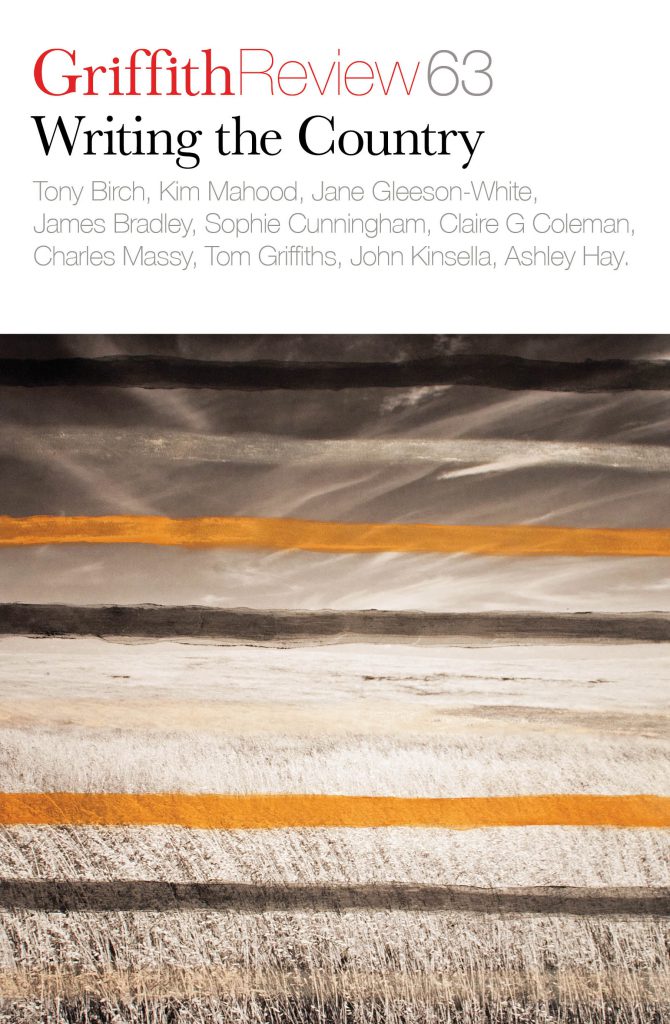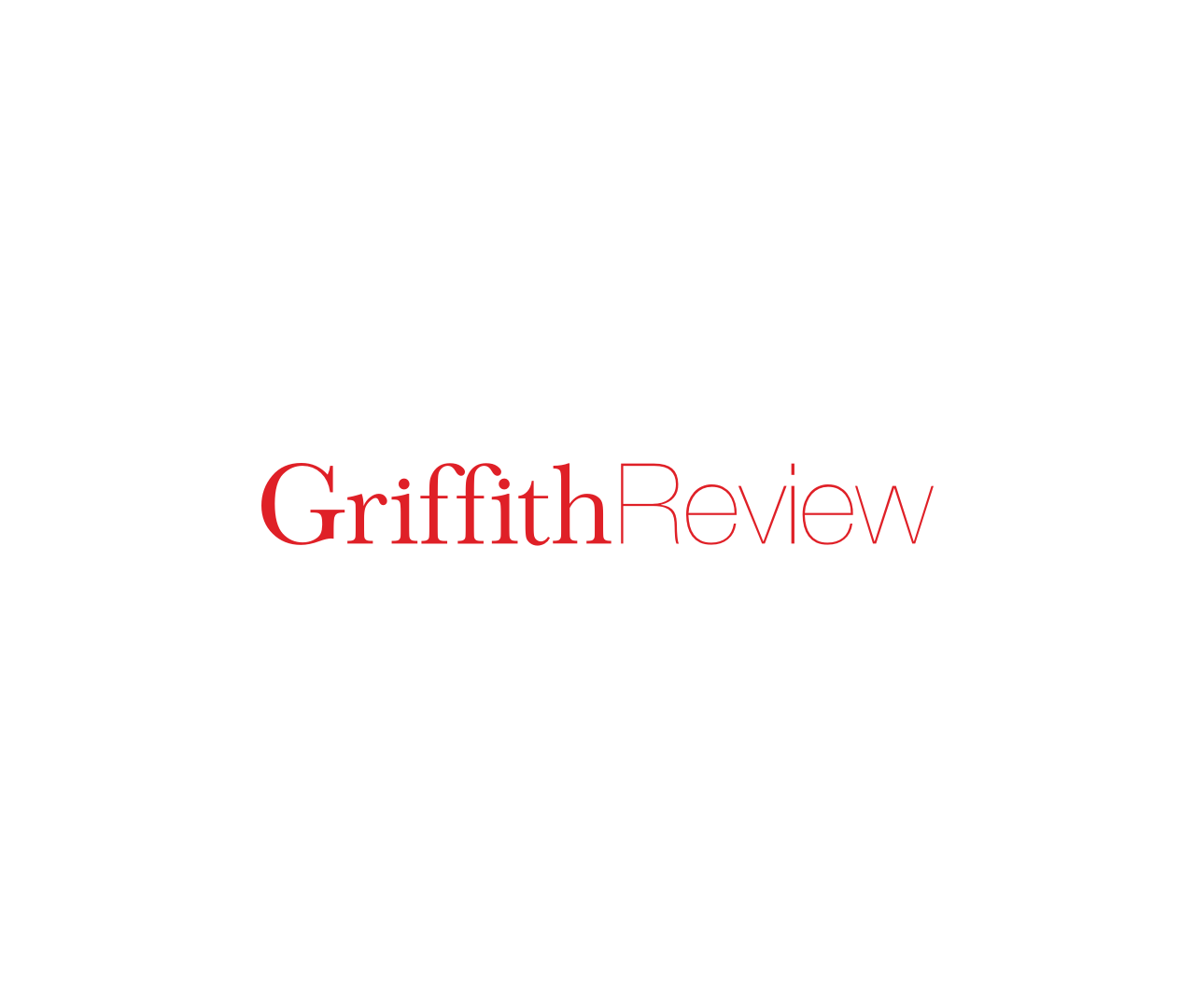Featured in

- Published 20190205
- ISBN: 9781925773408
- Extent: 264pp
- Paperback (234 x 153mm), eBook

Already a subscriber? Sign in here
If you are an educator or student wishing to access content for study purposes please contact us at griffithreview@griffith.edu.au
Share article
More from author

Blue crane
FictionListen to Inga Simpson read ‘Blue crane’. THOSE FIRST WEEKS Sally walked the beach, it went unread. She saw only a scallop of yellow sand edged with dark...
More from this edition

River cities
FictionEASTWOOD HAD NEVER liked storms. Not the Brisbane ones anyway, which didn’t so much pour as drop. He hadn’t liked the shatter of the rain,...

Every path tells
MemoirWHEN I WAS in my middle thirties, I abruptly abandoned a long-term relationship and impulsively moved from Sydney to Melbourne, having accepted a job...

Geebung, near Braidwood
PoetryThis is barefoot country even now, in early winter when the cool mountain air dampens the risk of a startled snake rising in your path. This is sitting-still country – where...